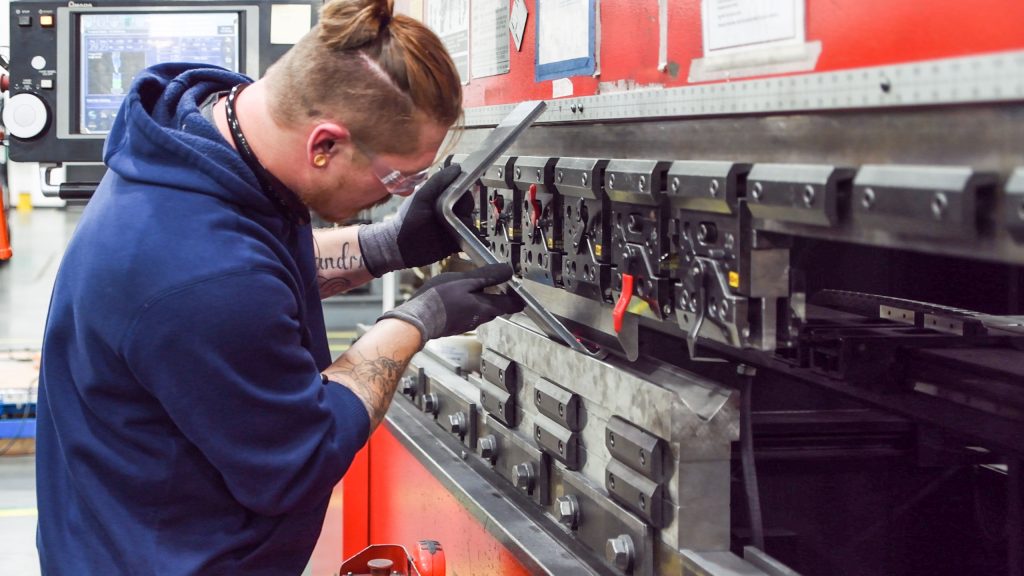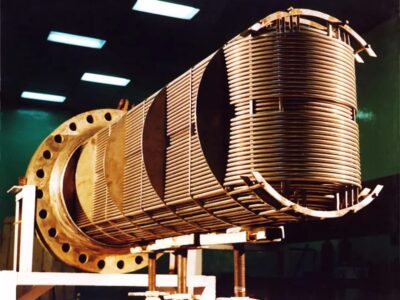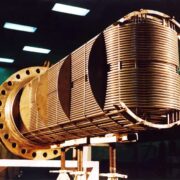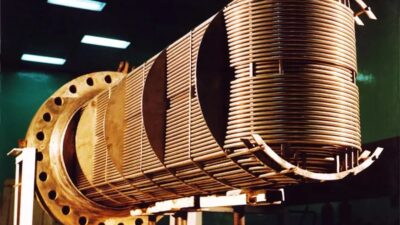

One of the crucial fabrication subsets that increases the metal reshaping during its solid state is metal forming. By availing the benefits of certain metals’ plasticity, the metal forming services make it quite convenient to move a strong metal piece from the current shape in the desired form. The forming process of metal doesn’t require any material melting to be done. This means, the potential difficulties to handle the molted metal can be reduced to a great extent.
The difference between Hot Working vs. Cold Working
The focus of hot working is to deform the metal above the recrystallization temperature. However, in the case of cold working, the deforming is done below the recrystallization temperature. In the case of hot working, the temperature is more than 60% of the metal’s melting point. As the recrystallization temperature rises, the metal grains because of which the former process is applied. It is further reflected in new unstressed grain. This grain is quite ductile and not very hard. That is why it is easy to make metal in such a form.
In case of cold working, well it is done for many metals at room temperature or even if it is slightly high. If the operating temperature is less than the temperature of recrystallization it then qualifies for cold working. Since the temperature is not static in this process, it means it can vary as per the metal. There are cases where the room temperature may be a sign of the hot working condition.
Know more about Metal Forming Manufacturing Processes
As stated, the forming process of metal can be done hotly and coldly. It entirely depends on the effects that are required. But some processes also need bulk workpieces such as bars while others make the use of plates or sheets for creating a finished product.
Different Bulk Metal Forming
The process of bulk metal includes materials that have less surface area ratio to volumes, such as tubes, bars, or bullets. It includes techniques such as:
Roll forming: It sends a metal stick using the roller set that deforms the original stock while the output is in the shape required.
Forging: In this process, the use of hammer and press is being made. These are the compressing devices that help in shaping up the metal stock.
Extrusion: This is a process where stock is forced from a die. It works as a tube that has a more identical cross-section. This way forming is done for hollow shapes in which seam welding is also not needed
Casting: Under this process, molten metal is pointed in the mold. Since it runs toward complex parts a wide range of alloys can be used.
Conclusion
In order to make the whole process of metal forming a better result, there are different tools which are used such as presses, roll forming machinery, bending, and even extruders candies to name some. It is important to do the whole metal forming process with care is because it can be used for different product creations such as pipes, tubes, and fasteners to name some. In such a case professional metal forming services can be of great help.














